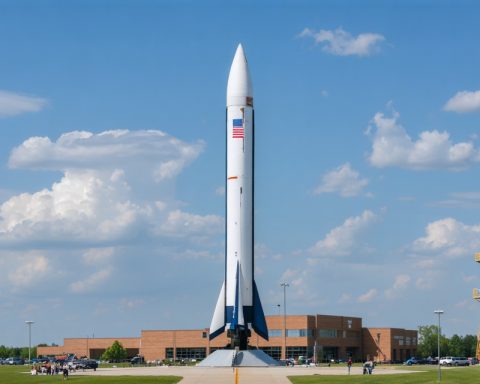
The Dazzling World of Timepieces: Discover Inventive Mastery in Watch Design
The Hermès Arceau L’Heure de la lune redefines moonphase watches with twin rotating lacquered discs and mother-of-pearl moons, merging celestial elegance with innovative mechanisms.




















